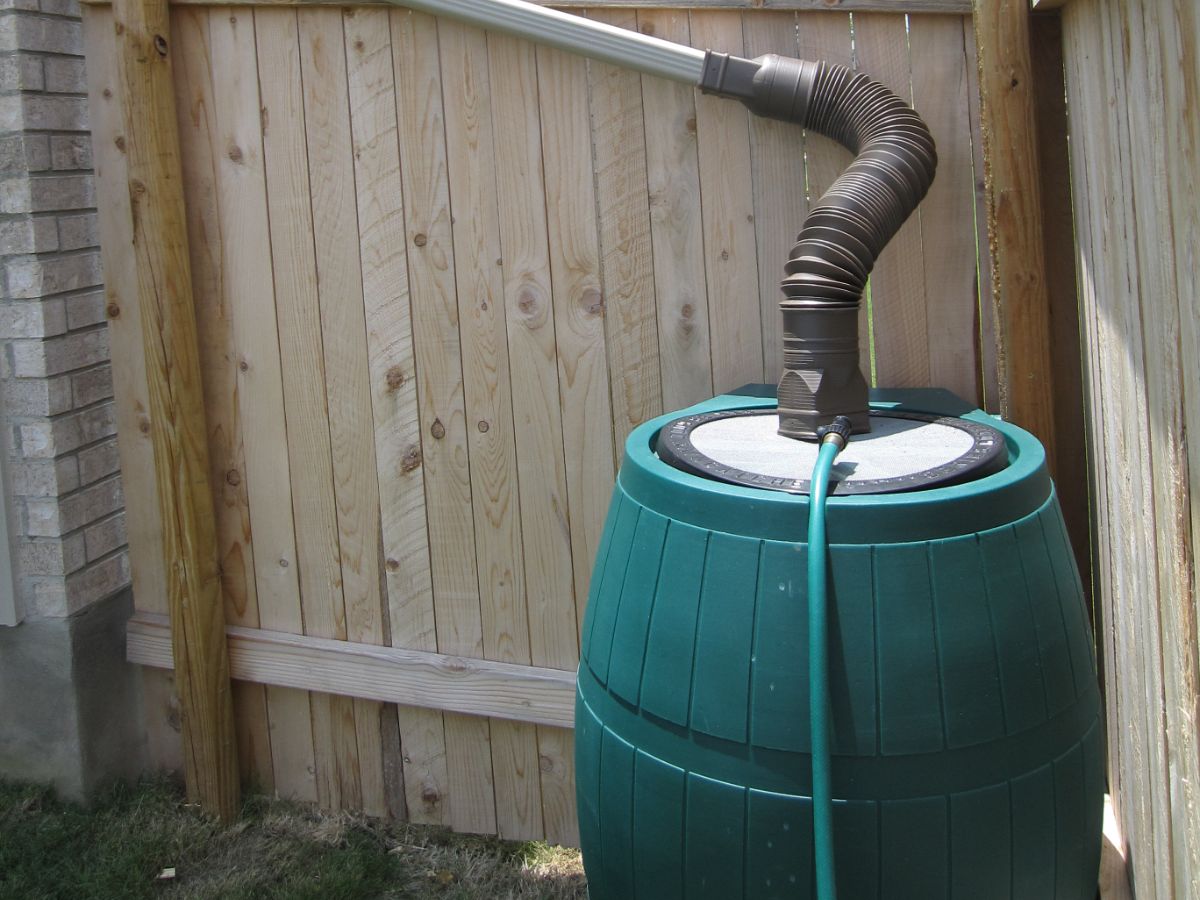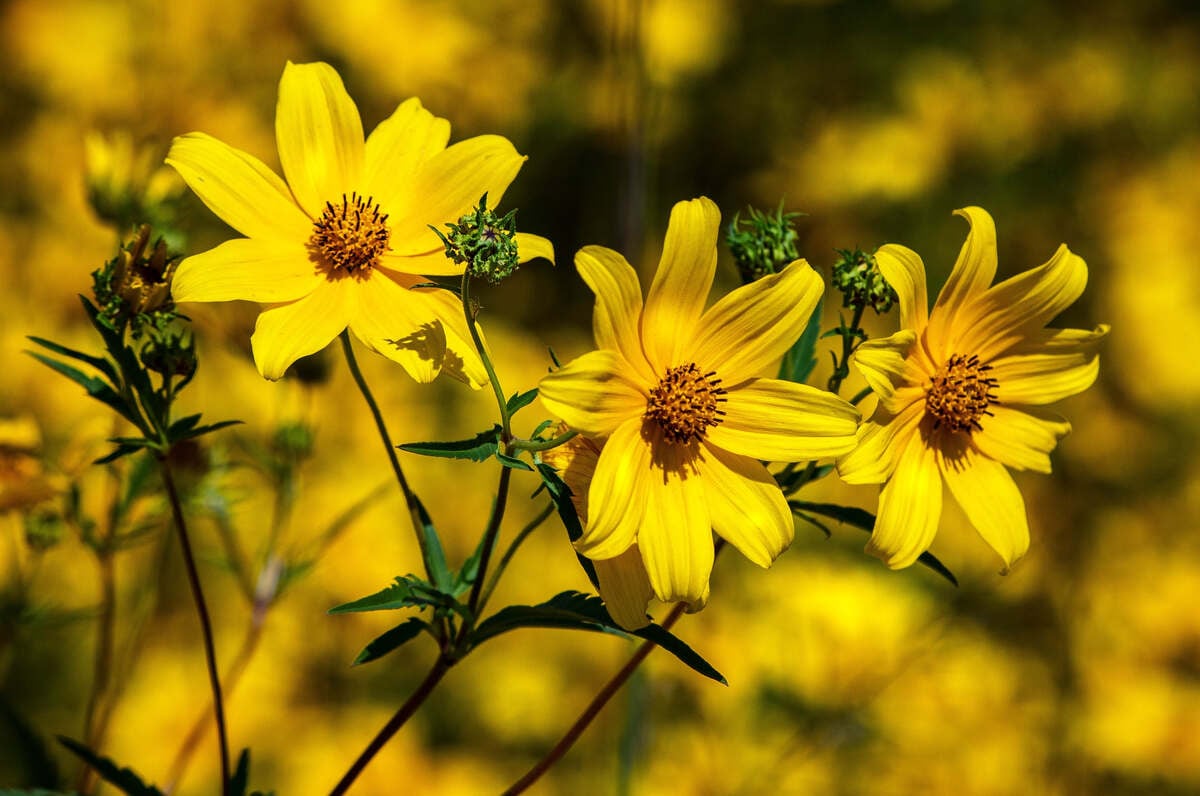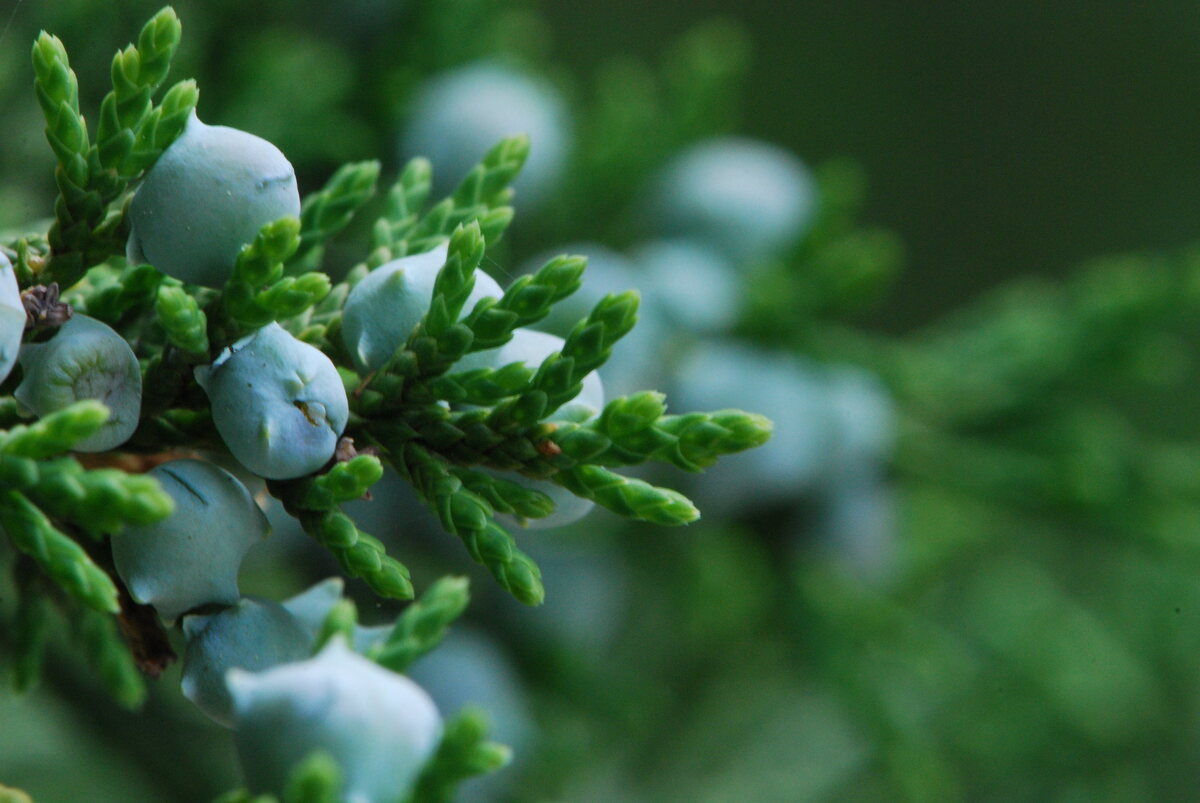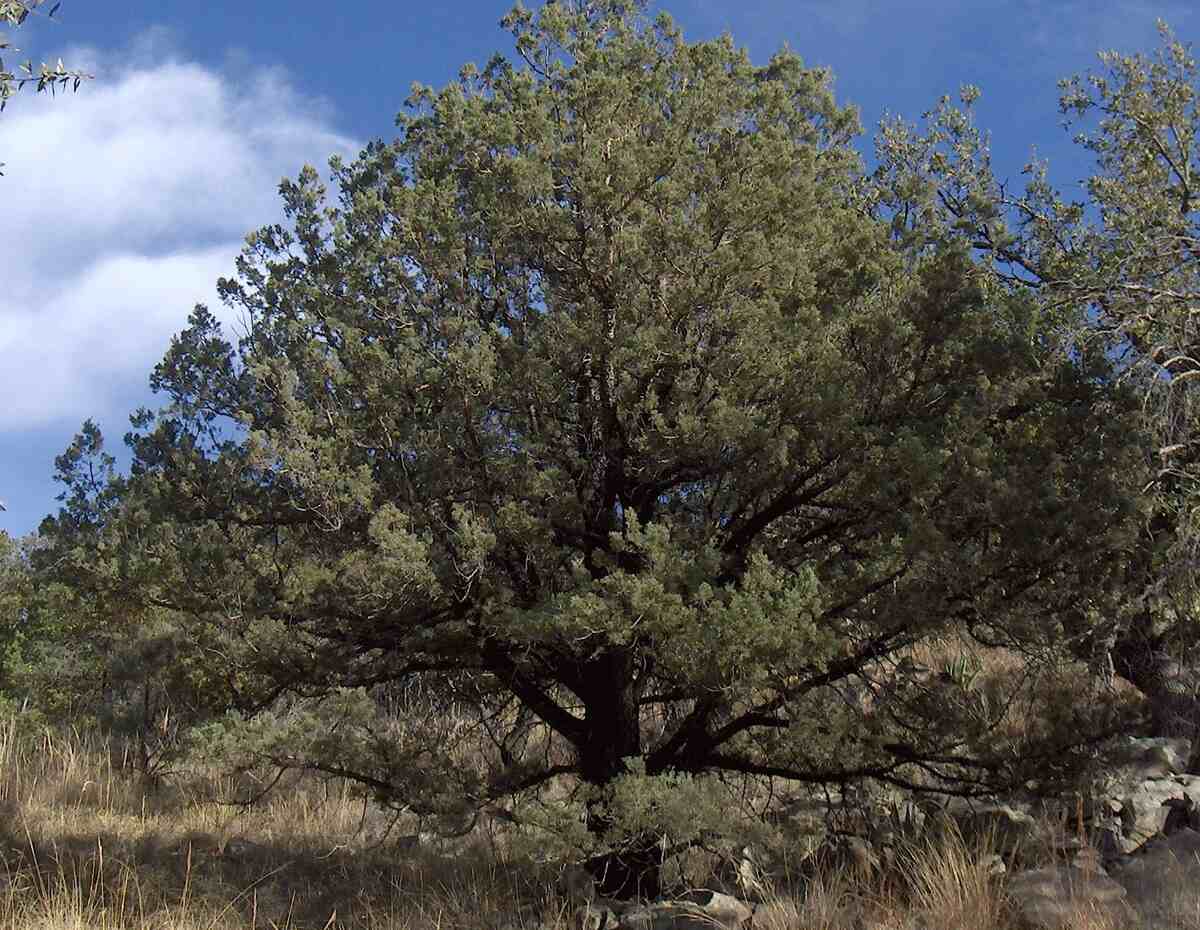
Using Arizona native trees in your Phoenix landscape offers shade and heat relief and won’t rob the precious water supply, as their water requirements are lower compared to nonnative species. Below are the nine best native trees for Phoenix that are suitable for a variety of landscape sizes and needs, and best of all, thrive in the local conditions.
- Emory Oak (Quercus emoryi)
- Desert Willow (Chilopsis linearis)
- Arizona Cypress (Hesperocyparis arizonica)
- Sweet Acacia (Vachellia farnesiana)
- Desert Ironwood (Olneya tesota)
- Arizona Walnut (Juglans major)
- Gregg Ash (Fraxinus greggii)
- Velvet Mesquite (Prosopis velutina)
- Blue Palo Verde (Parkinsonia florida)
- FAQ
Emory Oak (Quercus emoryi)
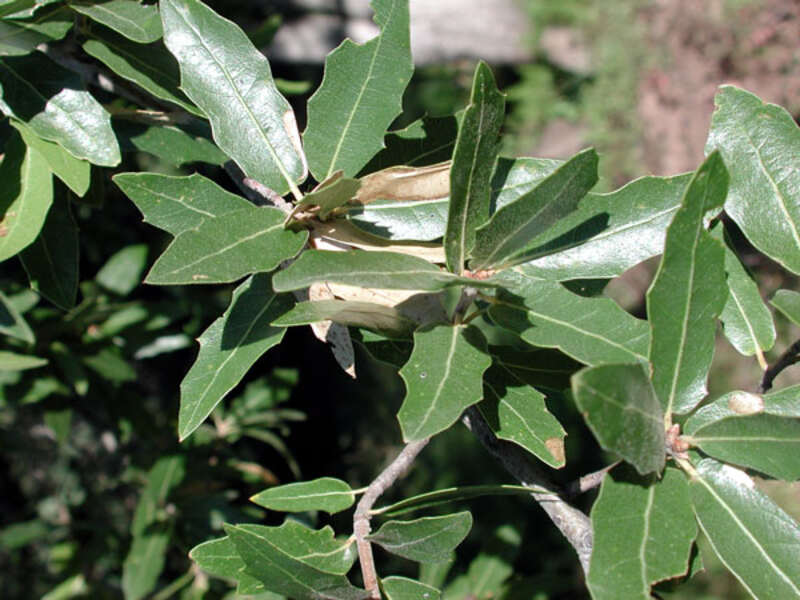
Photo Credit: User:pompilid / Wikimedia Commons / CC BY-SA 3.0
If you’re looking for a large, attractive shade tree that works best in larger landscapes, then the native Emory oak might fit the bill. At maturity, the oak grows up to 50 feet tall and with a dense and rounded canopy that’s 40 feet wide, filled with whorls of leathery and glossy green leaves.
Yellow catkins form in springtime followed by red acorn fruits with yellow tops, which are a treat to local wildlife. Even the deep and roughly furrowed black bark adds an attractive appeal.
Emory oaks are heat and drought-tolerant once established, grow in sun to part shade, and tolerate rocky and sandy soils.
- Hardiness zones: 6-9
- Sun: Partial shade to full sun
- Soil: Loam, sand, or clay
- Foliage: Partly deciduous to evergreen
- Moisture requirements: Low
- Mature size: 50 feet tall (can be taller in some areas), 40 feet wide (or equal to height)
Desert Willow (Chilopsis linearis)
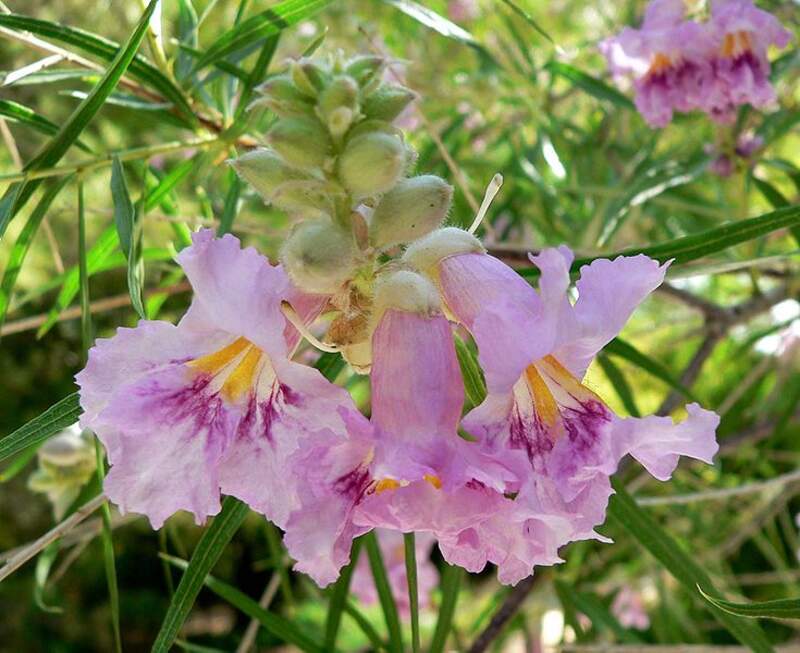
Photo Credit: Stan Shebs / Wikimedia Commons / CC BY-SA 3.0
The name desert willow gives a good idea of the conditions this flamboyant, small-blooming tree tolerates — hot temperatures and dry conditions.
Growing around 30 feet tall with a 10- to 20-foot wide canopy, this showy, fast-growing native tree typically has multiple twisted trunks and is well-branched. The 4.5-inch long, thin leaves are willow-like and deciduous. In summer, long panicles filled with 1.5-inch, fragrant funnel-shaped flowers in colors of dark pink and purple burst onto the scene and remain until autumn.
Spent blooms form into 10-inch long and thin seed pods. The blooms attract hummingbirds and butterflies, and the seeds feed various mammals. Desert willow is drought- and heat-tolerant, prefers a sunny site, and has low-maintenance requirements.
- Hardiness zones: 7b-11, down to zones 5-6 once established
- Sun: Partial shade to full sun
- Soil: Loam or sand
- Foliage: Deciduous
- Moisture requirements: Very low
- Mature size: 30 feet tall, 10-20 feet wide
Arizona Cypress (Hesperocyparis arizonica)
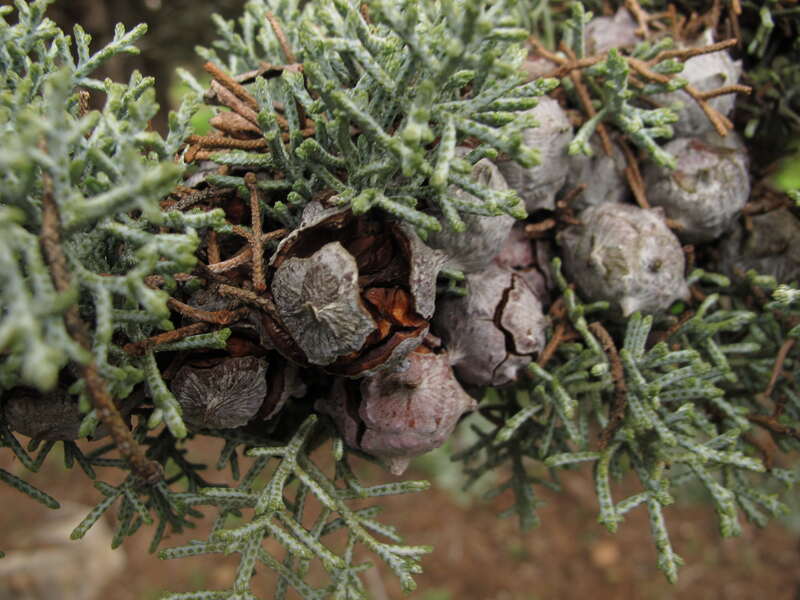
Photo Credit: Jacinta Iluch Valero / Flickr / CC BY-SA 2.0.
Holding the honor of being the only cypress native to the southwestern U.S., Arizona cypress trees fulfill a variety of needs in the landscape. With its lacy, silvery foliage, this medium-sized tree is sure to be an eye-catching standout in your Phoenix landscape. Additionally, it thrives in intense heat, drought, and full sun without skipping a beat.
This evergreen grows up to 75 feet tall and 45 feet wide at maturity with a straight habit and a dense conical crown. Its reddish-brown bark adds to the tree’s attractiveness. Additionally, the 1-inch cones mature in autumn and stay attached to the tree for several years. Although it tolerates drought, when given regular water applications, Arizona cypress grows around 3 feet yearly.
- Hardiness zones: 7-9
- Sun: Full Sun
- Soil: Loam or sand
- Foliage: Evergreen
- Moisture requirements: Low
- Mature size: Up to 75 feet tall, up to 45 feet wide
Sweet Acacia (Vachellia farnesiana)
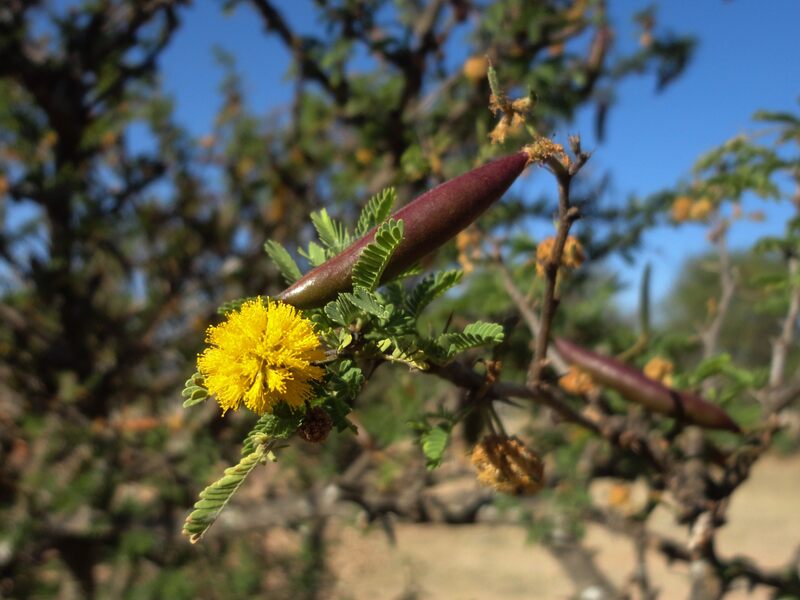
Photo Credit: Juan Carlos Fonseca Mata / Wikimedia Commons / CC BY-SA 4.0
Sweet acacia trees are suitable choices for smaller Phoenix landscapes desiring a fast-growing, smaller blooming tree. This tree thrives in hot and dry conditions, as well as full sun.
The semi-evergreen native is filled with medium-green lacy foliage, with grayish or rich brown stems lined in thorns. In late winter, clusters of fragrant bright yellow puff-like flowers form and continue blooming off and on throughout the year. After blooming, 3-inch pods appear that attract birds and wildlife.
Sweet acacia forms into an open vase-like canopy and grows around 25 feet wide and tall. It makes a showy accent plant but because of its thorns, it’s advised to plant away from areas where children play.
- Hardiness zones: 9-11
- Sun: Partial shade to full sun
- Soil: Loam or sand
- Foliage: Deciduous to partly deciduous
- Moisture requirements: Very low
- Mature size: Up to 25 feet tall, 15-25 feet wide
Desert Ironwood (Olneya tesota)
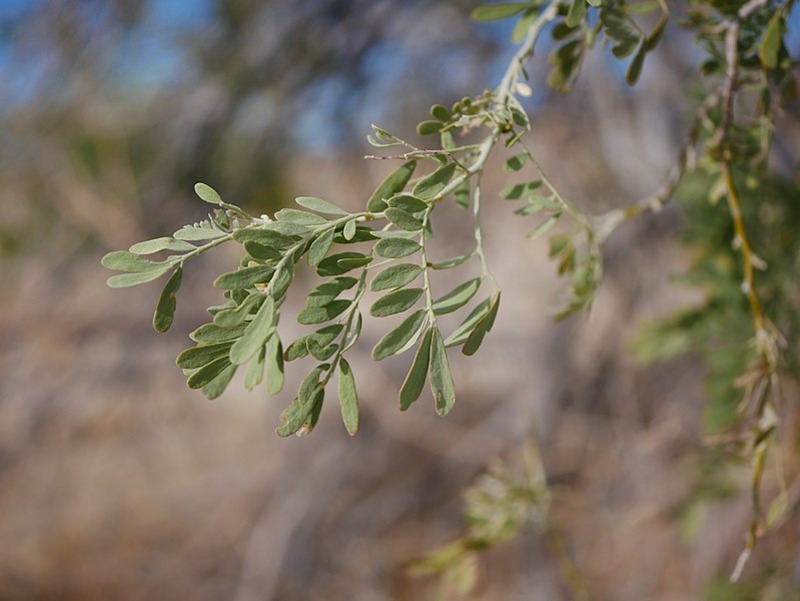
Photo Credit: Thayne Tuason / Wikimedia Commons / CC BY-SA 4.0
Desert ironwood earns its common name from its hard, dark brown wood and is a suitable choice for Phoenix landscapes looking for a drought-tolerant evergreen that gives the added bonus of flowers.
The native has an open and spreading canopy covered in pinnately compound grayish leaves covered in small hairs. Branches have a thorny nature. Mature trees grow up to 30 feet tall and wide, making it a good selection for smaller landscapes.
In summer, panicles fill with showy purple-rose flowers followed by bean-like seeds that can be roasted and eaten. They’re said to taste like peanuts. Desert ironwood is a hardy tree that thrives in sunny and dry conditions and tolerates growing in poorer sandy and rocky soils.
- Hardiness zones: 9-10
- Sun: Full sun
- Soil: Loam or sand
- Foliage: Evergreen
- Moisture requirements: Low
- Mature size: Up to 30 feet tall, 15-30 feet wide
Arizona Walnut (Juglans major)
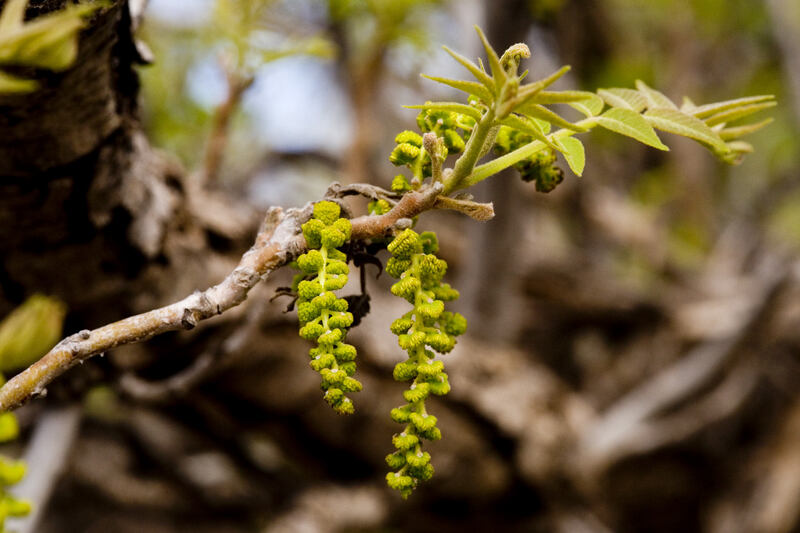
Photo Credit: Patrick Alexander / Flickr / CC0 1.0
The native Arizona walnut works as a larger shade tree during the warmer months and offers the added bonus of producing edible nuts.
The tree has a deciduous habit, producing yellowish-green leaves that are around a foot long. Mature trees grow around 50 feet tall with a 4-foot trunk. In springtime, inconspicuous green flowers form followed by the 1.5-inch nuts that ripen in fall and winter. The nuts are a favorite food for humans as well as the local squirrels.
Arizona walnut trees grow best in a sunny to partially sunny site, planted in well-drained soils. The tree has a moderate tolerance to drought conditions.
- Hardiness zones: 8-11
- Sun: Full sun
- Soil: Loam or sand
- Foliage: Deciduous
- Moisture requirements: Medium
- Mature size: 50 feet tall, 30-50 feet wide
Gregg Ash (Fraxinus greggii)
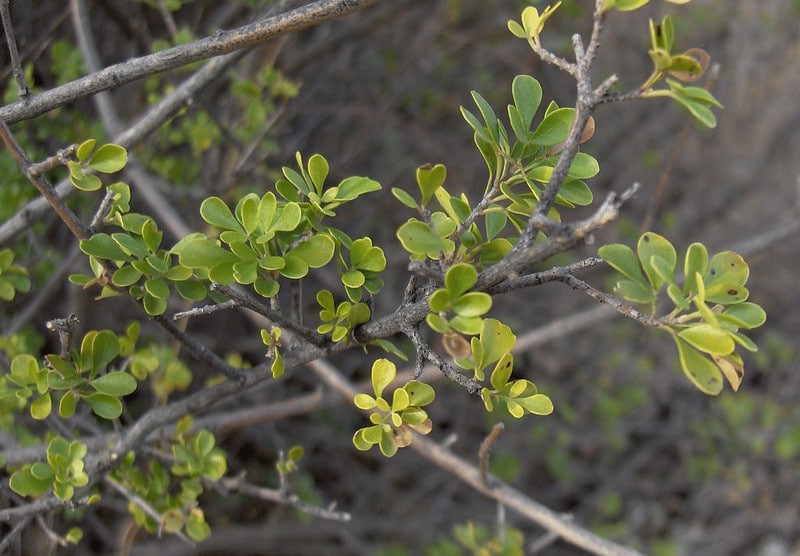
Photo Credit: Homer Edward Price / Flickr / CC BY 2.0.
For a showy little tree that stands up well to heat and drought, consider the Gregg ash. It might be the perfect selection to add to your Phoenix landscape.
The nearly evergreen native tree features dense, dark green, leathery 1-inch leaves. In springtime, inconspicuous green flowers bloom. Growing around 20 feet tall at maturity, Gregg ash is suitable for smaller landscapes. It fits wildlife gardens well, attracting birds and butterflies.
The ash has a high tolerance to dry conditions and heat. It also thrives in a variety of soils, including rocky, sandy, caliche, and loams.
- Hardiness zones: 7b-10
- Sun: Part shade to full sun
- Soil: Neutral to alkaline soils, well-drained
- Foliage: Semi-evergreen; old leaves drop as new leaves emerge in spring
- Moisture requirements: Once established, water deeply once or twice per month, or once per week during the hottest months.
- Mature size: 20 feet tall, 15 feet wide
Velvet Mesquite (Prosopis velutina)
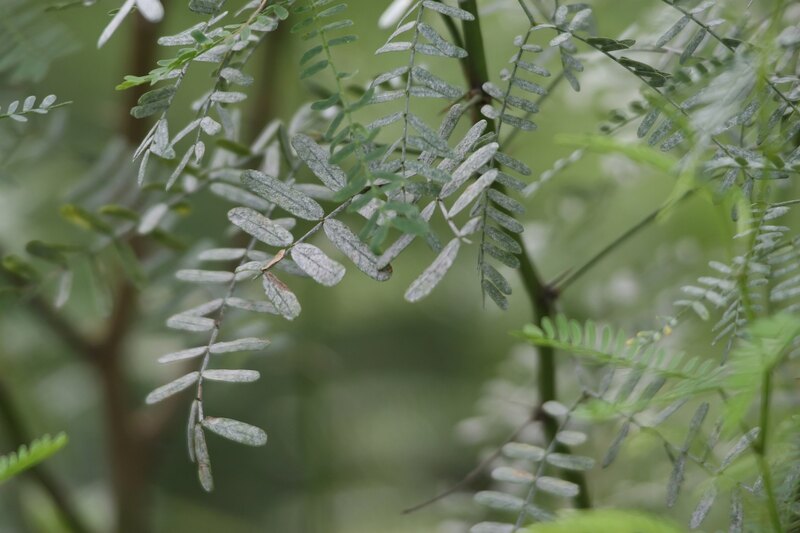
Photo Credit: David J. Stang / Wikimedia Commons / CC BY-SA 4.0
Velvet mesquite trees are no stranger to those who live in the Southwest. It is a common, though some say unattractive, tree that can withstand the heat and drought of a desert landscape. Velvet mesquite trees are popular as a pollinator source for bees, and locals say the honey is the finest you’ll ever taste.
If you need a drought-tolerant tree, this should be on your short list. Use drip emitters to water this tree during its first year in your landscape. After that, get rid of the irrigation; it doesn’t need it.
For those interested in more practical uses, enjoy its sweet (yes, edible) flowers and sap that can be used as a remedy for colds. Or for those whose primary cooking method involves fire, the charcoal made from this wood lends a complexity to the victuals on your grill.
The velvet mesquite has a slow to moderate growth rate, increasing to moderate to rapid under irrigation.
- Hardiness zones: 9 to 11
- Sun: Full sun
- Soil: Loam or sand
- Foliage: Deciduous
- Moisture requirements: Low
- Mature size: 25-50 feet tall, 15-25 feet wide
Blue Palo Verde (Parkinsonia florida)
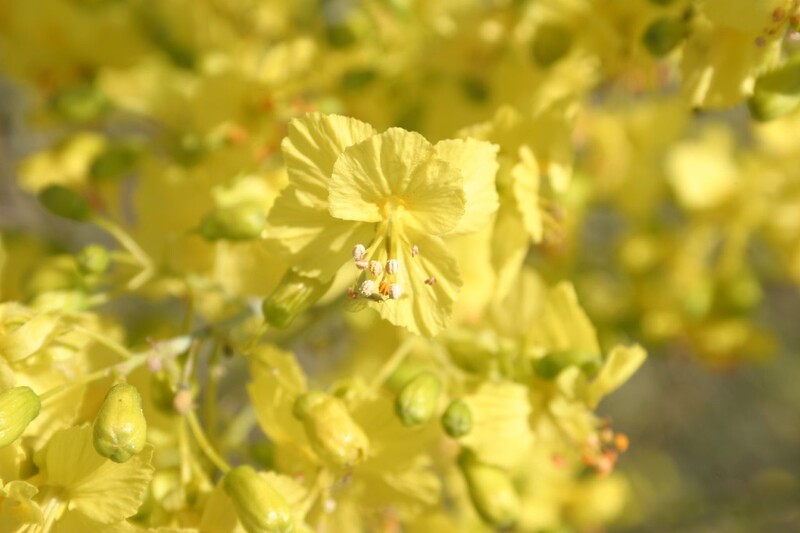
A native of the Tucson basin, blue palo verde sets itself apart from other trees by its green bark and its tendency to grow near washes (a dry desert streambed that fills with water after heavy rains) rather than slopes. It originates from the Sonoran Desert of Mexico.
Blue palo verde trees are prolific bloomers and display bright yellow flowers for several weeks in the late spring. This medium-to-large tree is popular as a patio plant, but you won’t be the only one to enjoy the shade: Wildlife prize it for its nectar, seeds, and shade as well. Its pods are edible, and bees are frequent visitors.
- Hardiness zones: 9-11
- Sun: Full sun
- Soil: Loam or sand
- Foliage: Deciduous
- Moisture requirements: Low
- Mature size: 25 feet tall, 15-20 feet wide
FAQ
Arizona is the sunniest U.S. state, so having a shade tree can offer an oasis of cool, especially if they grow quickly. Additionally, you want a shade tree resistant to drought, as Arizona’s average annual rainfall ranges from 3 to 40 inches a year.
Below are the best fast-growing shade trees in Arizona:
• Emory oak (Quercus emoryi): Grows approximately 2 feet per year
• Arizona walnut (Juglans major): Grows approximately 2 feet per year
• Tipu (Tipuana tipu): Grows from 2-3 feet per year
• Velvet mesquite (Prosopis velutina): Grows approximately 2 feet per year
• Desert willow (Chilopsis linearis): Grows from 2-3 feet per year
Recommended with a caveat: The sissoo tree (aka Indian rosewood, Dalbergia sissoo) grows from 2-3 feet per year and is often used as a shade tree. However, some experts say it’s one of the worst trees to plant in Phoenix.
First, it is often too large for residential landscapes. Second, it has an annoying tendency to sprout new trees at its base, even after the tree has been cut down, which can be a major headache for homeowners.
Additional shade tree options in Phoenix: Some shade trees aren’t known for a speedy growth rate, but they are still worth your consideration. If you’re interested in additional options, check out our article on the best shade trees to plant in Phoenix.
You want a tree that not only provides ample shade, but thrives in the desert. Below are a few examples of such trees:
• Desert willow
• Acacia
• Blue palo verde
• Mesquite (Prosopis gladulosa var. torreyana)
Velvet mesquite, California palm, and sweet acacia are the most common trees in Phoenix.
Going Native
If you don’t desire spending hours pampering a tree to have it thrive, then going with native varieties are your best choice in low-maintenance Phoenix trees that will stand up to what the area offers.
Want someone else to do the digging for you? Contact a local Phoenix landscaper to get your new Phoenix native tree off to the best possible start.
Whether you’re looking for a blast of color with blooms, trees that tolerate drought and heat, large trees offering shade, or those better suited for smaller landscapes, a native tree will meet your needs and add an attractive appeal to your Phoenix landscape.
LawnStarter participates in Get Sunday’s affiliate advertising program. LawnStarter may earn revenue from products promoted in this article.
Main Image Credit: Homer Edward Price / Flickr / CC BY 2.0
